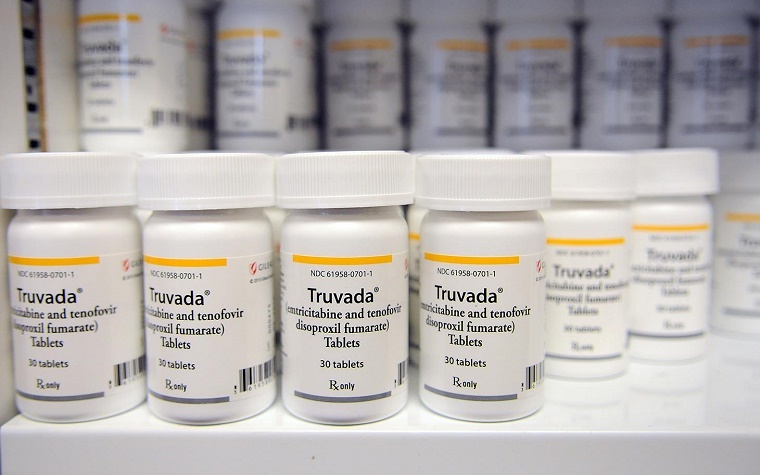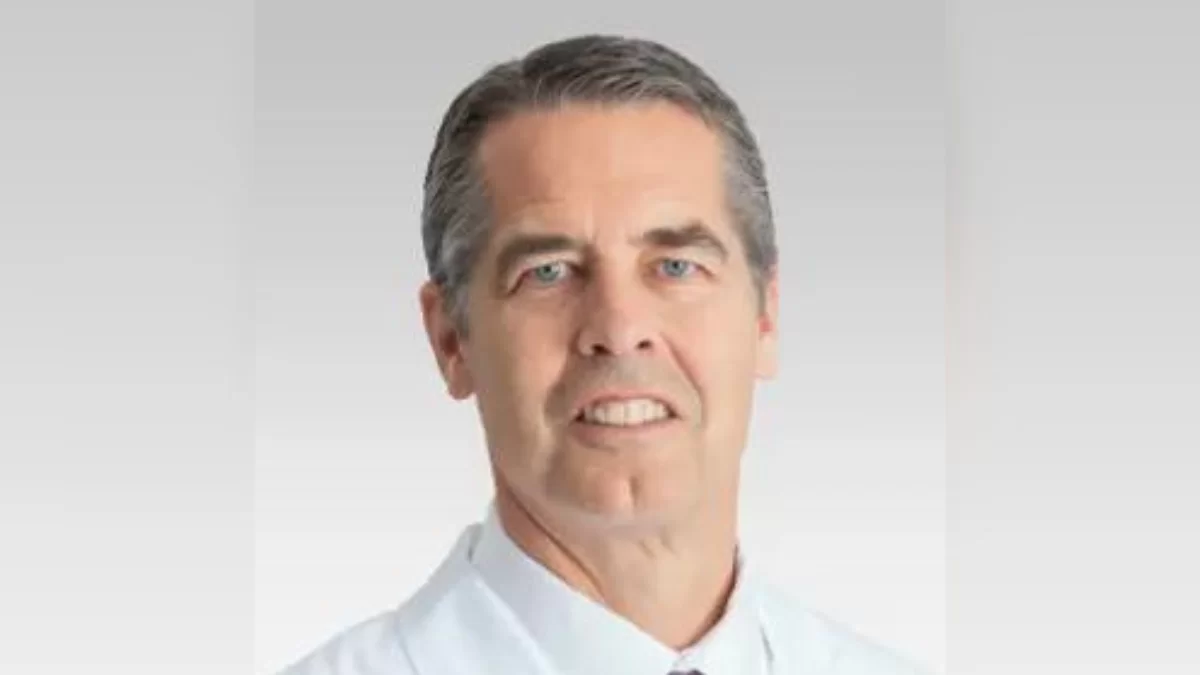
Truvada (emtricitabine/tenofovir disoproxil fumarate), a product of Gilead Sciences, was approved by the U.S. Food and Drug Administration (FDA) in 2012 as an HIV prevention therapy. A regimen including drugs such as Truvada is known as pre-exposure prophylaxis (PrEP) and can be an effective way to prevent the sexual transmission of HIV.
In fact, studies have shown that, when Truvada is taken daily, it can reduce the risk of such an infection by more than 90 percent. Furthermore, a daily PrEP routine can reduce the risk on infection for IV drug users by more than 70 percent.
Despite these statistics, a recent study showed that 34 percent of respondents to a survey who could benefit from a PrEP regimen didn't even know they existed.
"PrEP isn't reaching many people who could benefit from it, and many providers remain unaware of its promise," CDC Director Dr. Tom Frieden said. "With about 40,000 HIV infections newly diagnosed each year in the U.S., we need to use all available prevention strategies."
CDC officials believe getting the word out about PrEP and educating potential beneficiaries about its use could significantly cut the number of new HIV infections. Patients who are already infected can also use PrEP to suppress the virus.
A free advice PrEPline, which is staffed by personnel from the Department of Family and Community Medicine at the University of California in San Franciso, has been put in place by the CDC and is open to U.S. physicians. The PrEPline is directed by Dr. Ronald Goldschmidt, American Association of Family Physicians member, who can be reached by calling 855-448-7737 from 11 a.m. to 6 p.m., Monday through Friday.
"Family physicians are increasingly being requested to consider prescribing pre-exposure prophylaxis for their patients, as this important HIV prevention intervention becomes more widely implemented," Goldschmidt said. "We provide guidance to clinicians as they work through decisions about who might benefit from PrEP, how to prescribe these medications and protocols for followup to ensure safe medication use averting and identifying new transmissions."
Goldschmidt said that once patients are using PrEP, follow-through is crucial.
"Key to PrEP will be continually evaluating patients' ability to adhere to a daily PrEP regimen, as missed doses can negate the benefits of PrEP," he said. "(Doctors) can discuss PrEP with their patients as an additional way of reducing risk, in combination with condom use and other safe sexual and injection drug practices."
New York state health officials are putting forth much effort to educate the public about PrEP -- and it appears to be working. A CDC report showed that from July 2013 to June 2014 the number of PrEP prescriptions filled in New York for Medicaid recipients rose from 303 to 1,330.
Earlier this year, CDC officials announced that it would award up to $125 million to fund HIV awareness and prevention programs offered through local health departments, and that PrEP programs would be included. Over the next five years, the CDC plans to increase that funding.
The CDC also launched an education campaign that provides PrEP information to physicians, clinics and other health care providers. In 2014, the CDC put in place clinical guidelines for PrEP.



